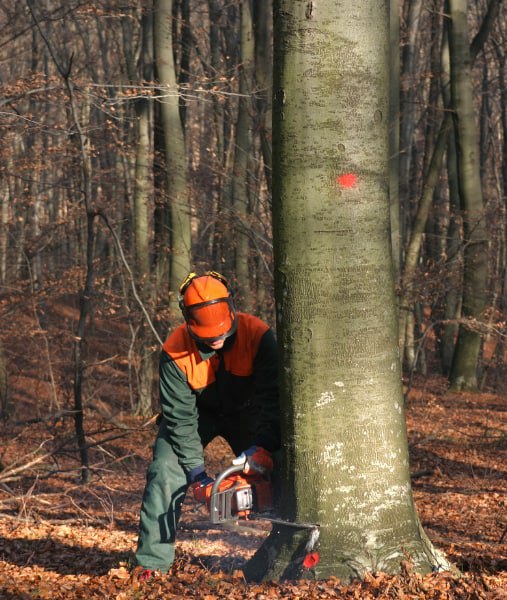
Introduction: Trees are a beautiful addition to our landscapes and essential contributors to our ecosystem’s health. As stewards of nature, it’s crucial to understand how proper tree care practices can enhance their well-being. Among these practices, tree crown reduction is a valuable technique with numerous benefits for tree health. In this blog post by Hawkhurst Tree Surgeons, we’ll explore how tree crown reduction benefits tree health and why it’s an essential aspect of arboriculture.
Improved Air Circulation:
- One of the primary benefits of tree crown reduction is improved air circulation within the canopy. Overgrown or densely packed crowns can restrict airflow, creating stagnant conditions that promote the growth of fungi and harmful pathogens. By selectively pruning branches to reduce crown density, air can flow more freely through the canopy, reducing the risk of fungal infections and promoting overall tree health.
Enhanced Sunlight Exposure:
- A dense tree canopy can also limit sunlight penetration to lower branches and inner foliage. Adequate sunlight is essential for photosynthesis, the process by which trees produce energy and nutrients. By reducing the crown size, more sunlight can reach the inner parts of the tree, stimulating new growth and supporting healthy leaf development.
Stress Reduction:
- Trees subjected to environmental stressors, such as drought, pollution, or soil compaction, may exhibit signs of distress, such as leaf discolouration, stunted growth, or premature leaf drop. Crown reduction helps alleviate tree stress by reducing the branches’ overall weight and strain. This allows the tree to allocate resources more efficiently and cope better with environmental challenges.
Disease Prevention:
- Overcrowded or overlapping branches provide ideal conditions for fungal diseases and pests to thrive. Pruning the crown removes diseased or damaged branches, reducing the spread of pathogens and preventing infestations. Additionally, improved airflow and sunlight penetration help create a less hospitable environment for disease-causing organisms, further enhancing tree health.
Structural Stability:
- Large, heavy branches can significantly stress a tree’s structure, increasing the risk of limb failure or tree collapse, especially during storms or high winds. Crown reduction involves selectively removing excess weight from the canopy, reducing the risk of structural damage and prolonging the tree’s lifespan.
Conclusion: Tree crown reduction is not merely a cosmetic procedure; it’s a vital component of tree care that can profoundly impact tree health and longevity. By improving air circulation, enhancing sunlight exposure, reducing stress, preventing disease, and promoting structural stability, crown reduction helps trees thrive in their environment.
Call us on: 01580 234694
Click here to find out more about Hawkhurst Tree Surgeons
Click here to complete our contact form and see how we can help with your tree’s needs.